Whirlpool dishwasher breakdowns
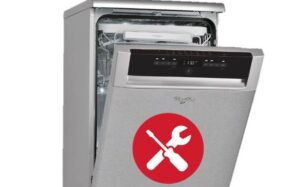 The American brand Whirlpool made its presence known more than 30 years ago. During this time, users appreciated the high quality of the equipment of this brand. Therefore, today many families choose Whirlpool appliances.
The American brand Whirlpool made its presence known more than 30 years ago. During this time, users appreciated the high quality of the equipment of this brand. Therefore, today many families choose Whirlpool appliances.
When an electrical appliance breaks down, users are faced with a choice: fix the problem themselves or entrust the repair to service center specialists. Let's figure out what malfunctions of Whirlpool dishwashers are most often noted. We'll tell you which of them you can handle with your own hands.
Frequent problems with these dishwashers
The performance of dishwashers is influenced by various factors. Firstly, this is the quality of tap water. Secondly, the household chemicals used. Thirdly, users must comply with the basic rules for caring for equipment. Fourthly, uniformity of electric current supply.
Whirlpool dishwashers often fail because the tap water is too hard.
Impurities and salts contained in hard tap water provoke the formation of scale on the internal elements of the device. Systematic surges and drops in the electrical network also lead to breakdowns. Therefore, it is recommended to install an additional filter in front of dishwashers and provide a voltage stabilizer.
Modern machines are equipped with a self-diagnosis system for faults. Having identified a problem, the dishwasher immediately informs the user about it. If the device has a display, then the corresponding error is displayed on the display. When there is no screen, you will have to read the code by the blinking indication.
The most common errors of Whirlpool dishwashers:
- E1 – the Aquastop protective system is activated (this means that a leak has been detected);
- E3/E4 – the machine cannot heat the water;
- E5 – no water enters the system;
- E6 – problems with draining waste water;
- F5 – sprinkler blocking.
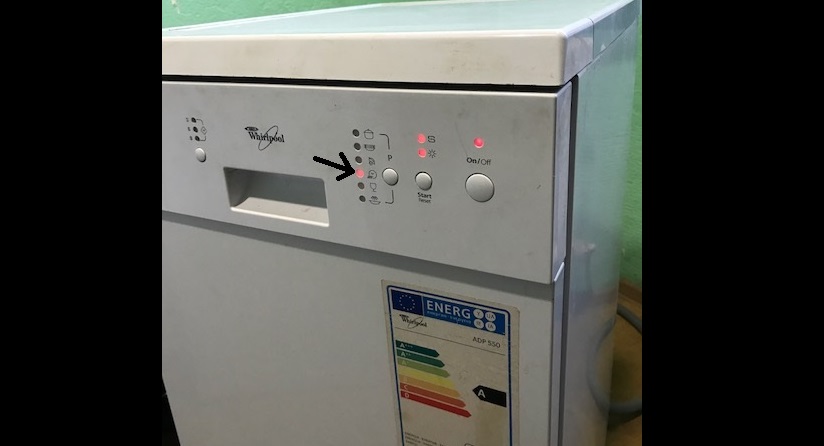
Based on the information provided by service centers, repair of Whirlpool dishwashers is most often required for the following reasons:
- breakdown of the intake solenoid valve;
- malfunction of the pump that circulates water in the chamber;
- failure of the drain pump;
- clogged injectors, failure of nozzles.
You can deal with many problems yourself. It is better to entrust the repair of serious damage to specialists. Let's look at some problems that can be eliminated at home.
There is no water in the dishwasher
A common problem that dishwasher users encounter is that water does not enter the chamber. Typically the cause is a faulty intake valve. However, other options are possible, for example:
- the water supply in the house is turned off or the pressure in the pipes is too weak;
- the door is not closed well, the system is not airtight, so the control module does not give a command to draw water;
- shut-off valve is closed;
- the inlet hose is squashed or clogged;
- the filter mesh is clogged with debris.
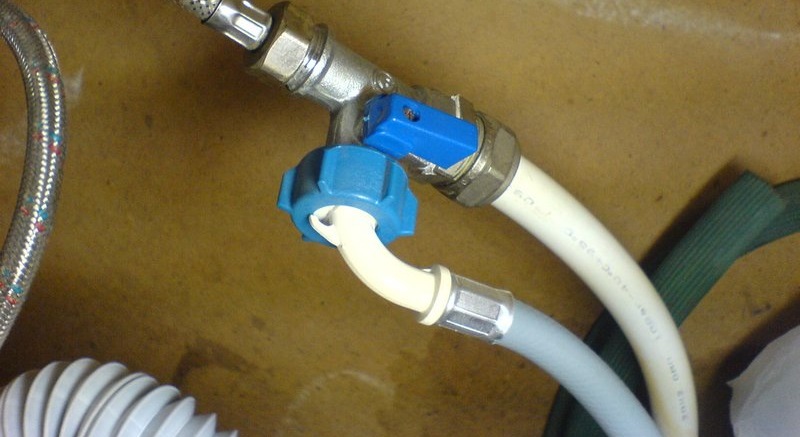
If the problem is a clogged inlet hose or mesh filter, then fixing the situation is very simple, just clean the part. It happens that water is not drawn in due to a poorly closed loading door. Then you will need to press the sash harder.
It's a little more complicated when it comes to the solenoid valve. To diagnose the coils you will need a multimeter. Follow these steps:
- turn off the power to the dishwasher;
- remove the base panel of the case (under the loading door);
- remove the wires from the coil;
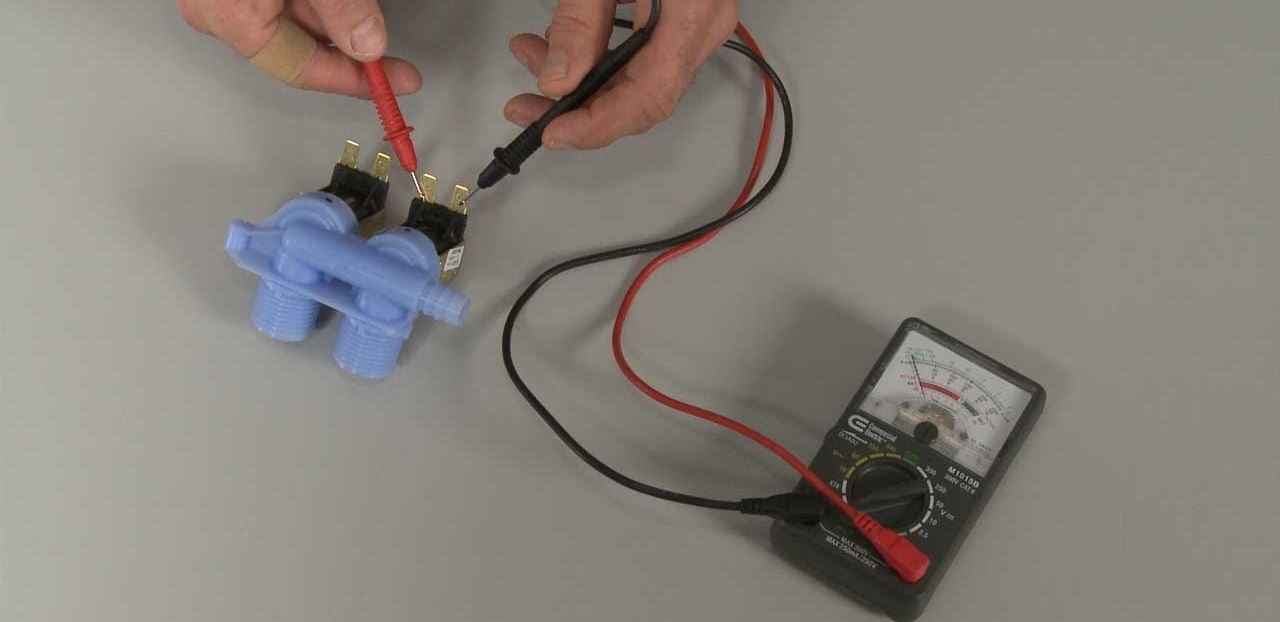
- attach multimeter probes to the coil contacts;
- evaluate the readings on the device screen (if they are within 500-1500 Ohms, then everything is fine).
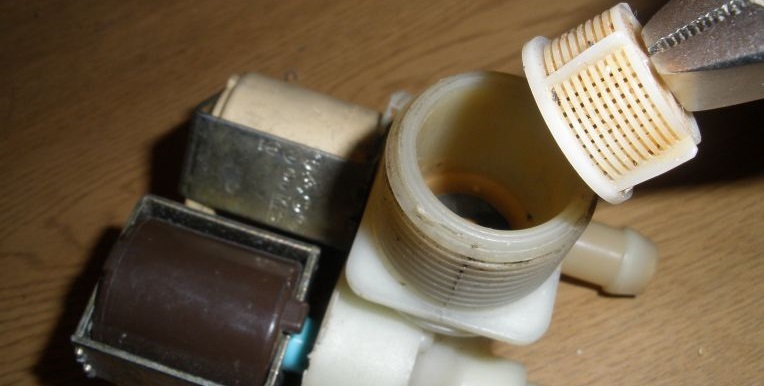
If the actual resistance is greater than the specified value, the solenoid valve will have to be replaced. Buy a similar intake device and install it in place of the old one. It is necessary to purchase components for a specific dishwasher model.
Another reason why water does not pour into the dishwasher is the activation of the Aquastop protective system. If water gets into the machine's inlet hose, it becomes unusable. The element needs to be replaced.
Machines with full protection against leaks are equipped with a special sensor located in the pan. When liquid accumulates under the dishwasher, the device is triggered, and the module blocks the operation of the device until the problem is resolved.
The program does not start
Sometimes the following situation may occur: the machine turns on, the user selects the desired program, starts it, the display lights up, but the cycle does not start. What to do in this case? First, try resetting the dishwasher.
Resetting your dishwasher is very simple:
- unplug the power cord from the outlet;
- let the device “stand” for 10-15 minutes;
- connect the “home assistant” to the network.
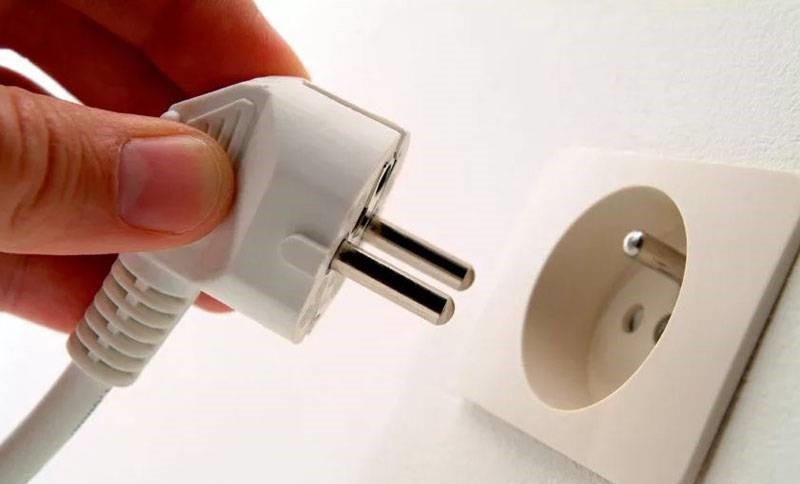
This way you can cope with a short-term malfunction of the dishwasher. If the reboot does not help, you will have to further look for the cause of the problem.
It could be that the nozzles are blocked. Check to see if any utensils are obstructing the rotation of the rocker arm. If yes, then it is enough to remove a couple of extra plates, and the PMM will begin executing the program.
Sometimes the wash cycle does not start due to clogged nozzles - you can clean them with a toothpick and warm water.
If the problem is not with the sprayers and nozzles, it makes sense to check the circulation pump. Diagnostics is performed with a multimeter. If there is a malfunction, the element must be replaced.
Sometimes the dishwasher does not start the program due to a faulty motor. The motor is also checked using a multimeter. To access an element, you must:
- de-energize the PMM;
- disconnect the machine from the water supply and sewerage;
- place the dishwasher on the floor, on the back panel;
- remove the bottom;
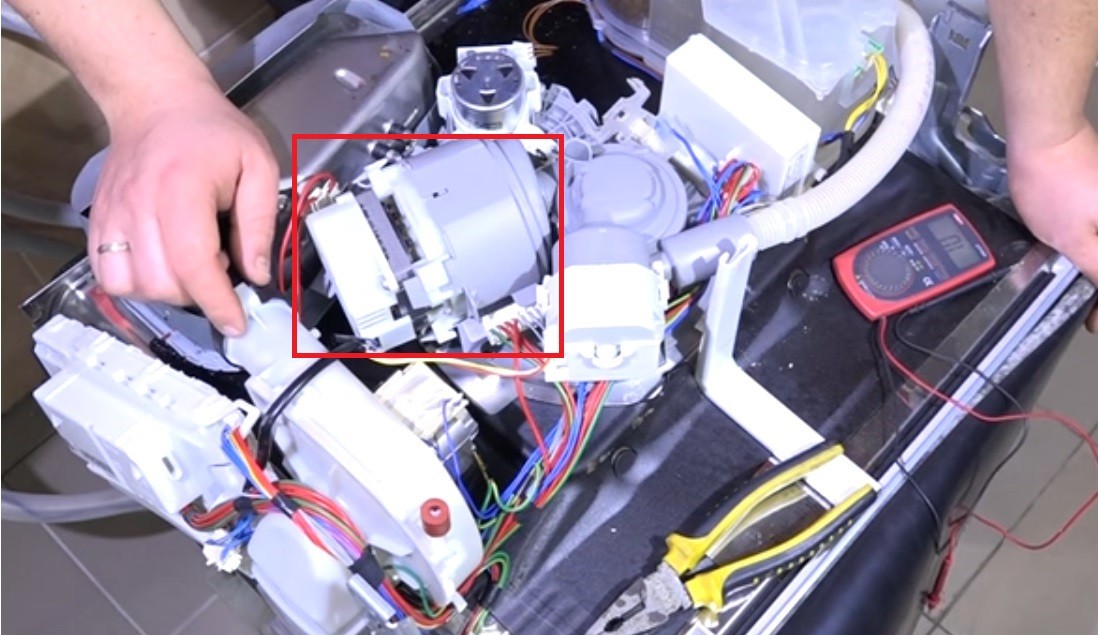
- find the motor, disconnect all the chips from it;
- cope with fasteners;
- pull out the electric motor.
If during the inspection it turns out that the motor is not working, you will have to replace it. The new engine is installed in the reverse order. If this does not help, the reason may be in the electronic module. It is better to entrust repair of the control board to specialists.
PMM does not remove waste water
Sometimes users, approaching the dishwasher, notice that the program has ended long ago, and the water does not leave the chamber. Typically, liquid is not removed from the hopper due to a blockage in the drain system. Pieces of food that remain on the dishes get into the duct and clog the filter.
The first thing to check will be the drain hose. Inspect it, make sure that the sleeve is not pinched or bent. It is advisable to disconnect the pipe from the PMM and rinse it under running water.
Next, check the PMM filter, for this:
- turn off the power to the machine;
- open the loading door;
- take out the dish baskets;
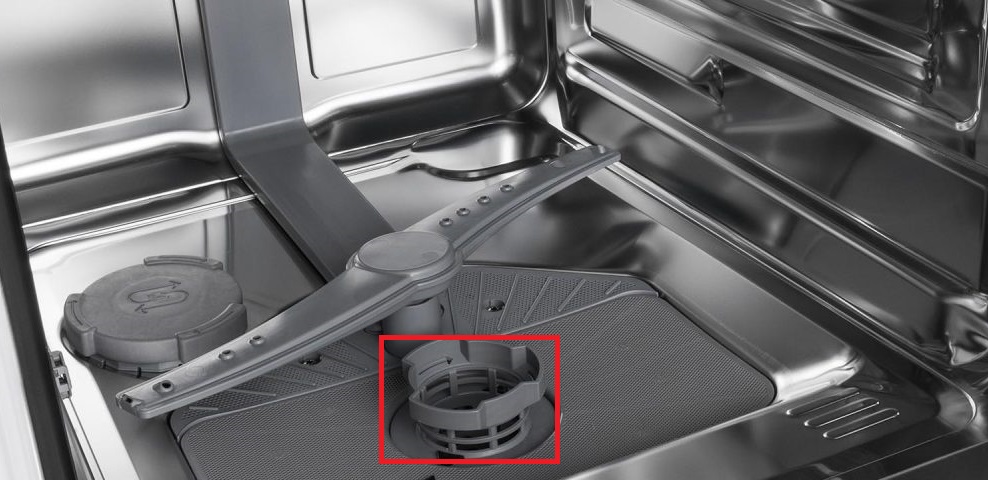
- find the drain filter, it is located at the bottom of the chamber;
- Unscrew the filter element and clean it;
- remove dirt from the seat.
The pump impeller is hidden behind the drain filter. It is recommended to immediately clean it of debris.It is possible that the rotation of the blades is blocked by a foreign object, so the drainage does not occur.
Another possible reason for incorrect drainage is pump failure. Node diagnostics are performed with a multimeter. The pump cannot be repaired; in case of malfunction, the element will have to be replaced.
The machine does not heat the water
This is another typical malfunction of all dishwashers. Usually the reason for the lack of heating is a broken heating element. Hard tap water provokes scale formation on the heating element and causes its premature failure.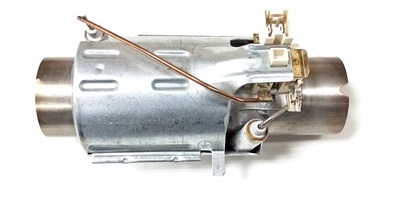
Troubleshooting will involve replacing the heating element. Installing a new heater is easy. To do this, it is enough to partially disassemble the PMM body, find the element, remove the terminals from it and install a new part. After this, the test wash starts.
Interesting:
Reader comments
- Share your opinion - leave a comment

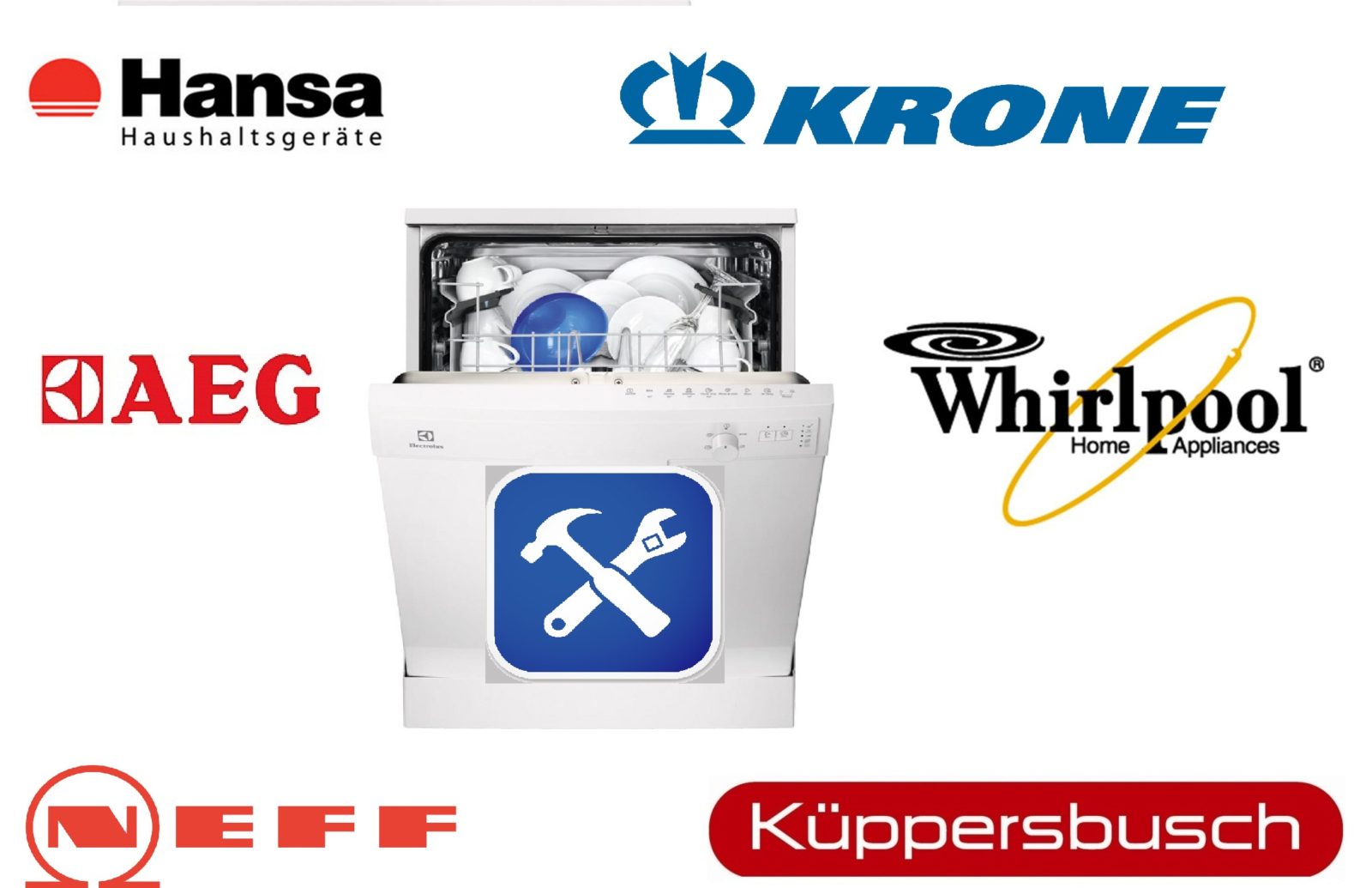
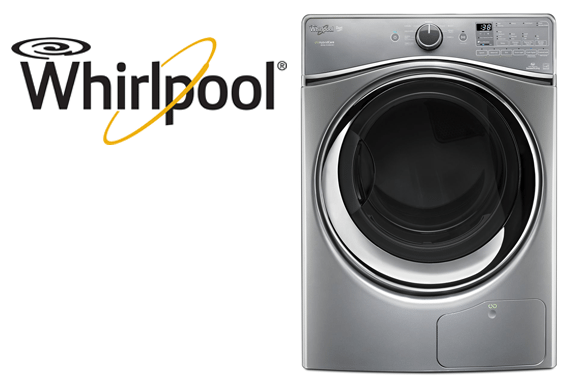

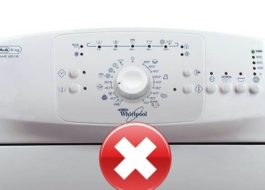
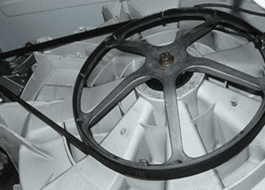
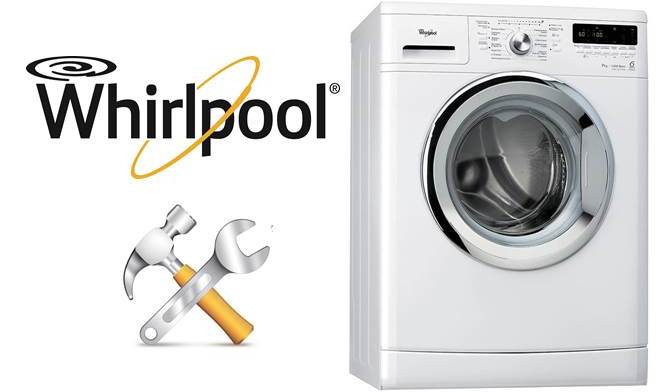














Add a comment